Here’s why education in the USSR was among the best in the world (PHOTOS)
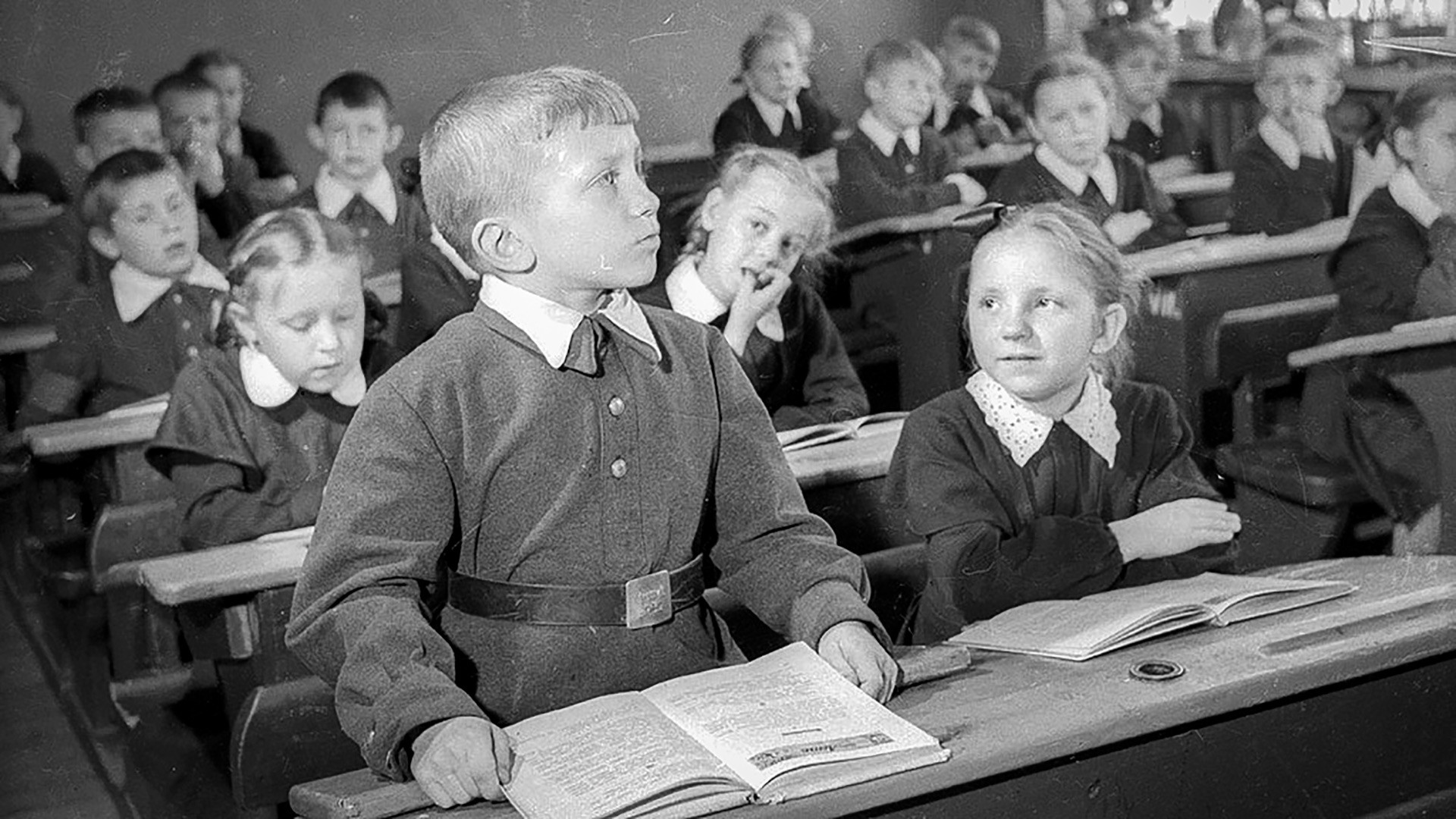
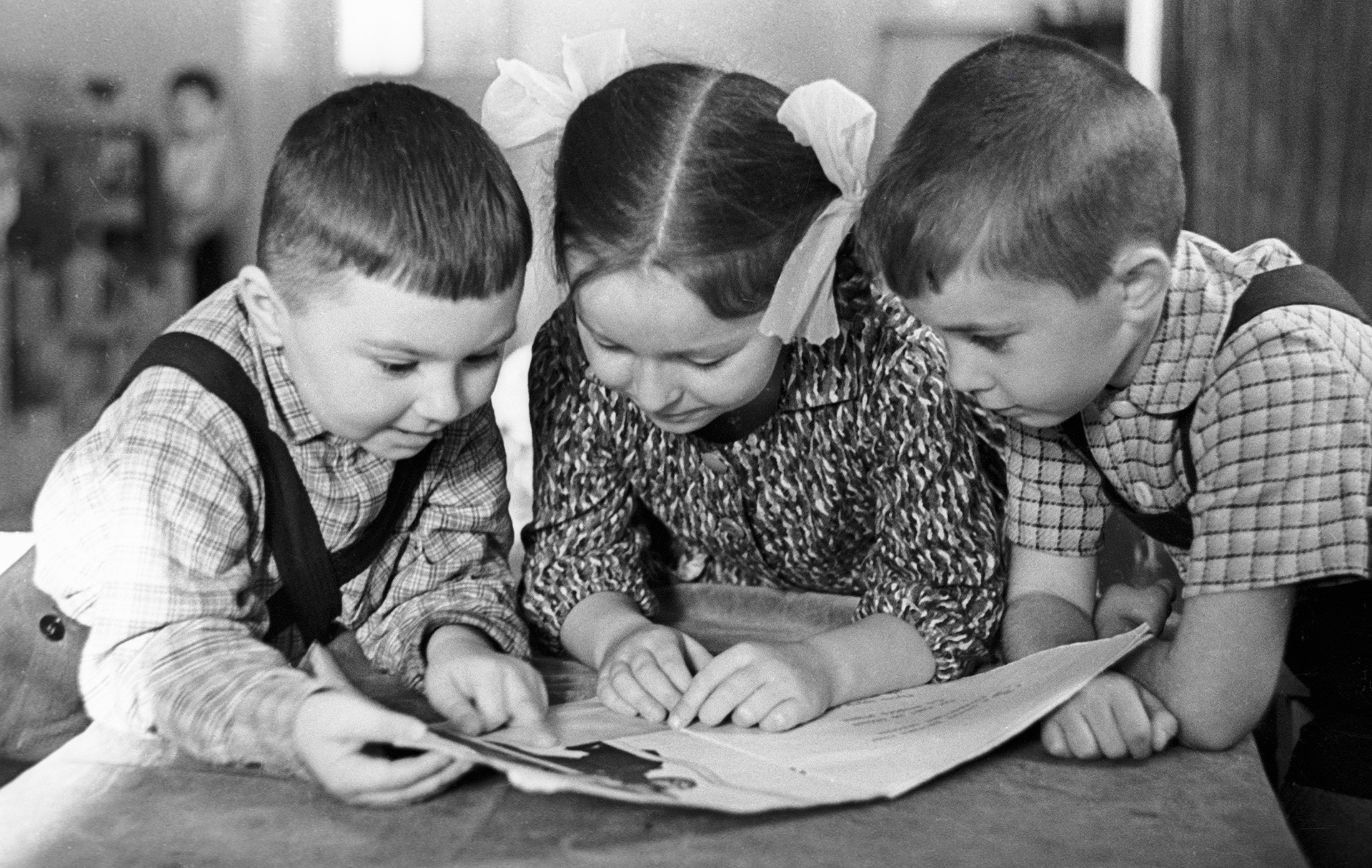
Before the 1917 Revolution, the Russian Empire only had a few dozen kindergartens despite its massive population. This dramatically changed after the Bolsheviks took power and started to back women’s equality and propagate active female involvement in all forms of social life. This lead to the development of a network of pre-school facilities.

The founder of the Soviet state Vladimir Lenin called day nurseries and kindergartens “the sprouts of Communism.” According to him, these facilities “could actually liberate a woman, in
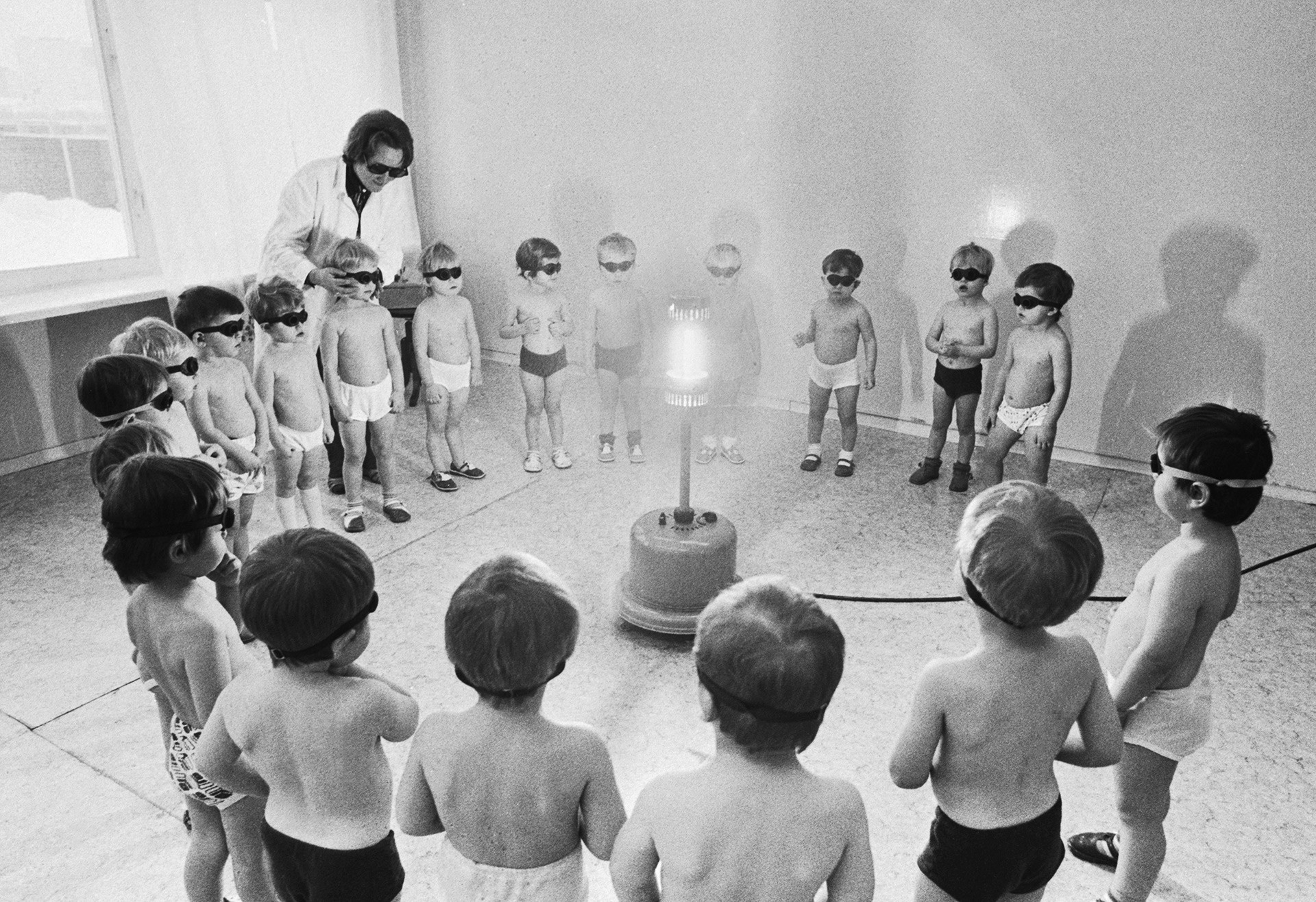
From the mid-1920s, a network of kindergartens started to appear not only in
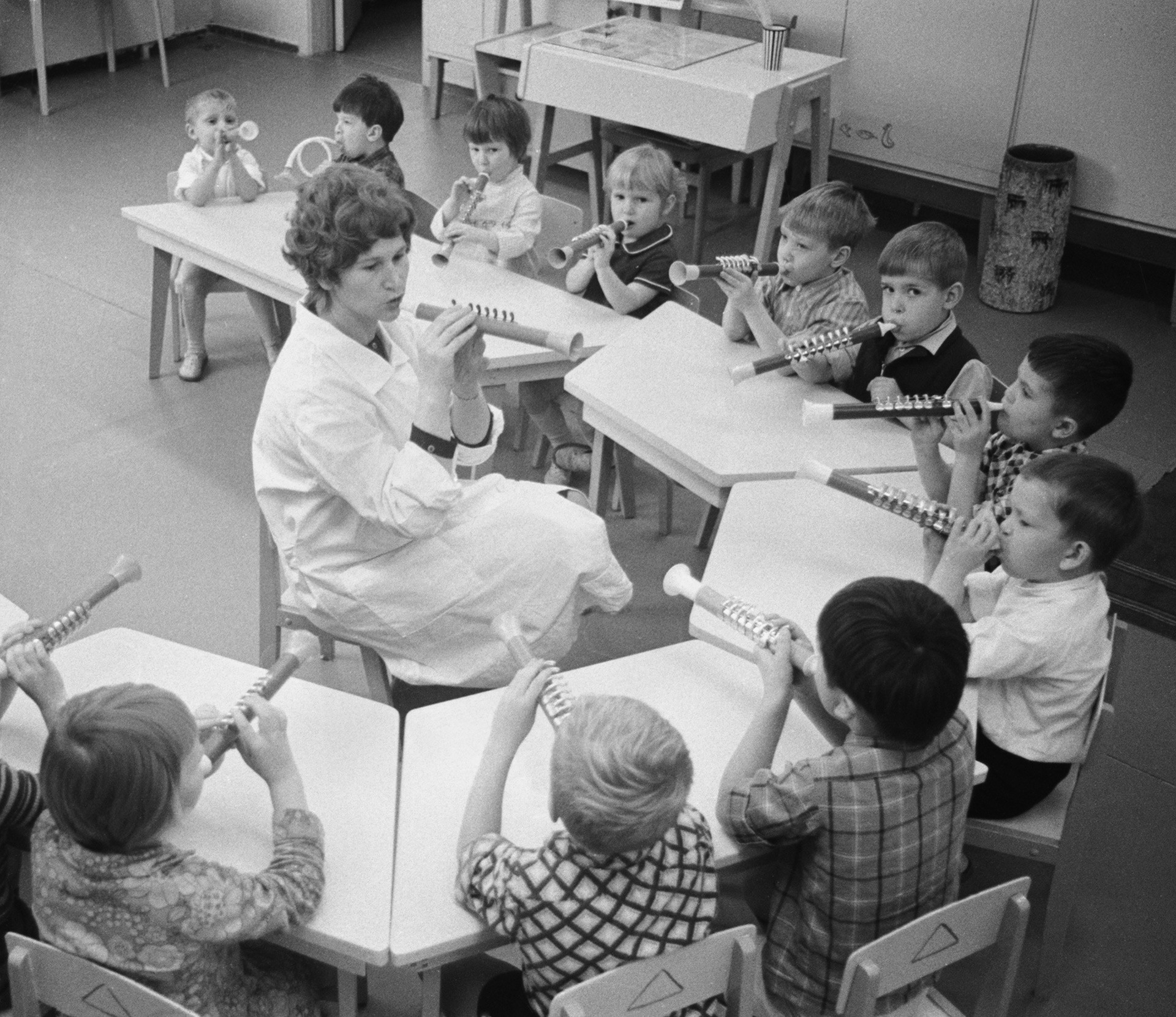
In 1959, a new system was introduced uniting day nurseries and kindergartens. The state took care of children from the age of two months to seven years, at which point they started school.
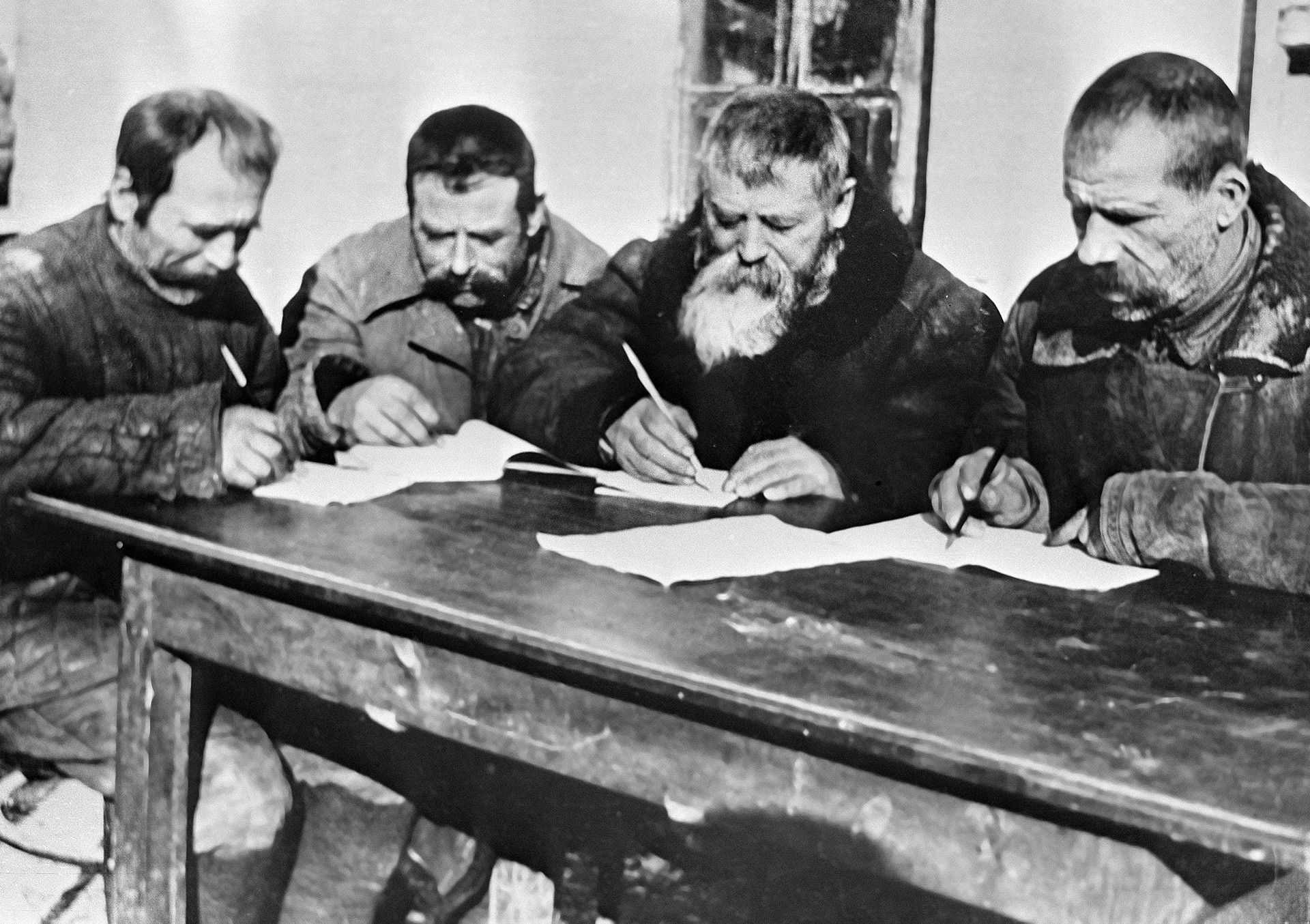
When the Bolshevik revolution came about the level of literacy in the Empire was strikingly low.
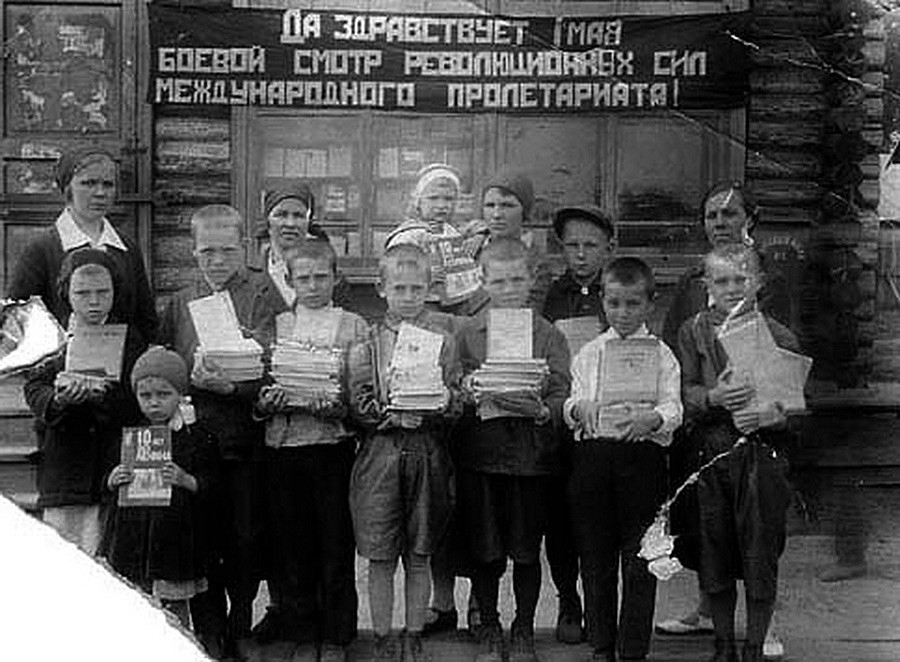
However, the real breakthrough happened in 1930 when universal primary education was introduced in the USSR. By the early 1940s, the problem of mass illiteracy was by and large solved.
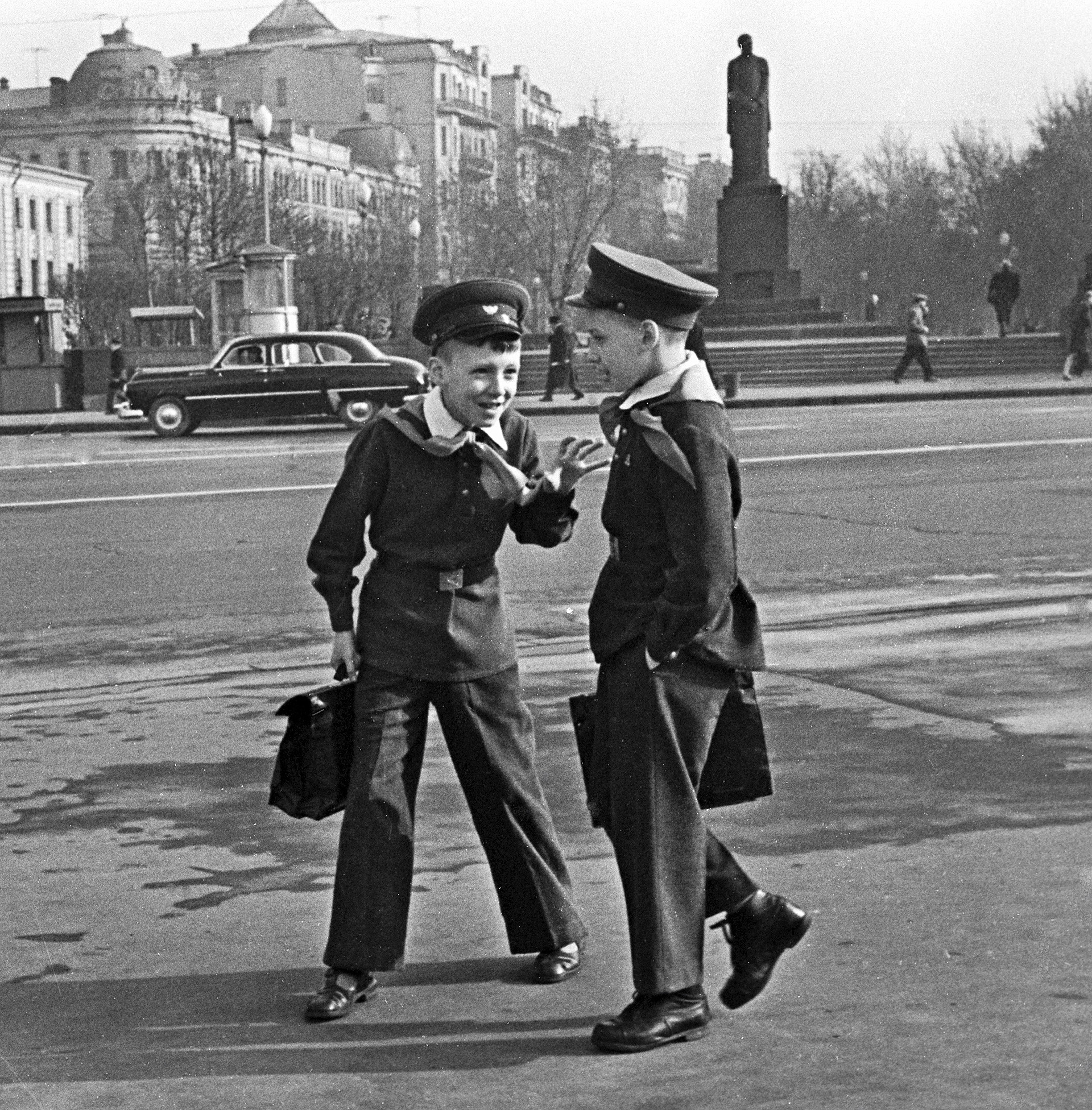
But as contemporaries recalled it was hard for existing schools to absorb newcomers after the decree on universal education. Schoolchildren had to be divided into shifts: The youngest started their classes at 8 a.m. and finished at noon, then the time for the elder pupils came, and the last ones studied from 6 p.m. until 10 p.m. or even 11 p.m.
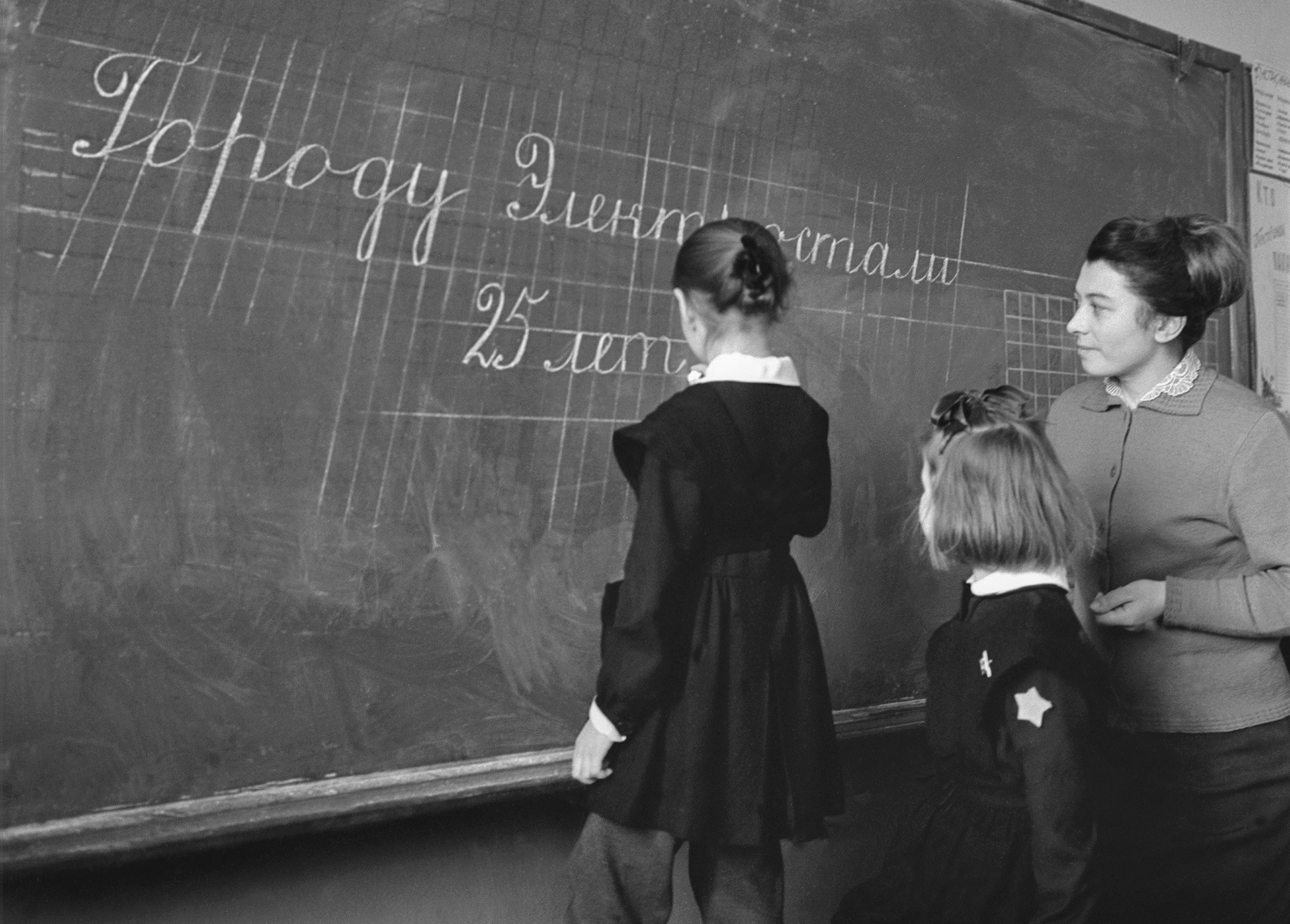
The first decades of the USSR’s existence was a time of huge experiments in education. One concerned history: Historical events were studied chaotically in the framework of other social sciences. It was only in 1934 when history was “rehabilitated” and returned to schools.
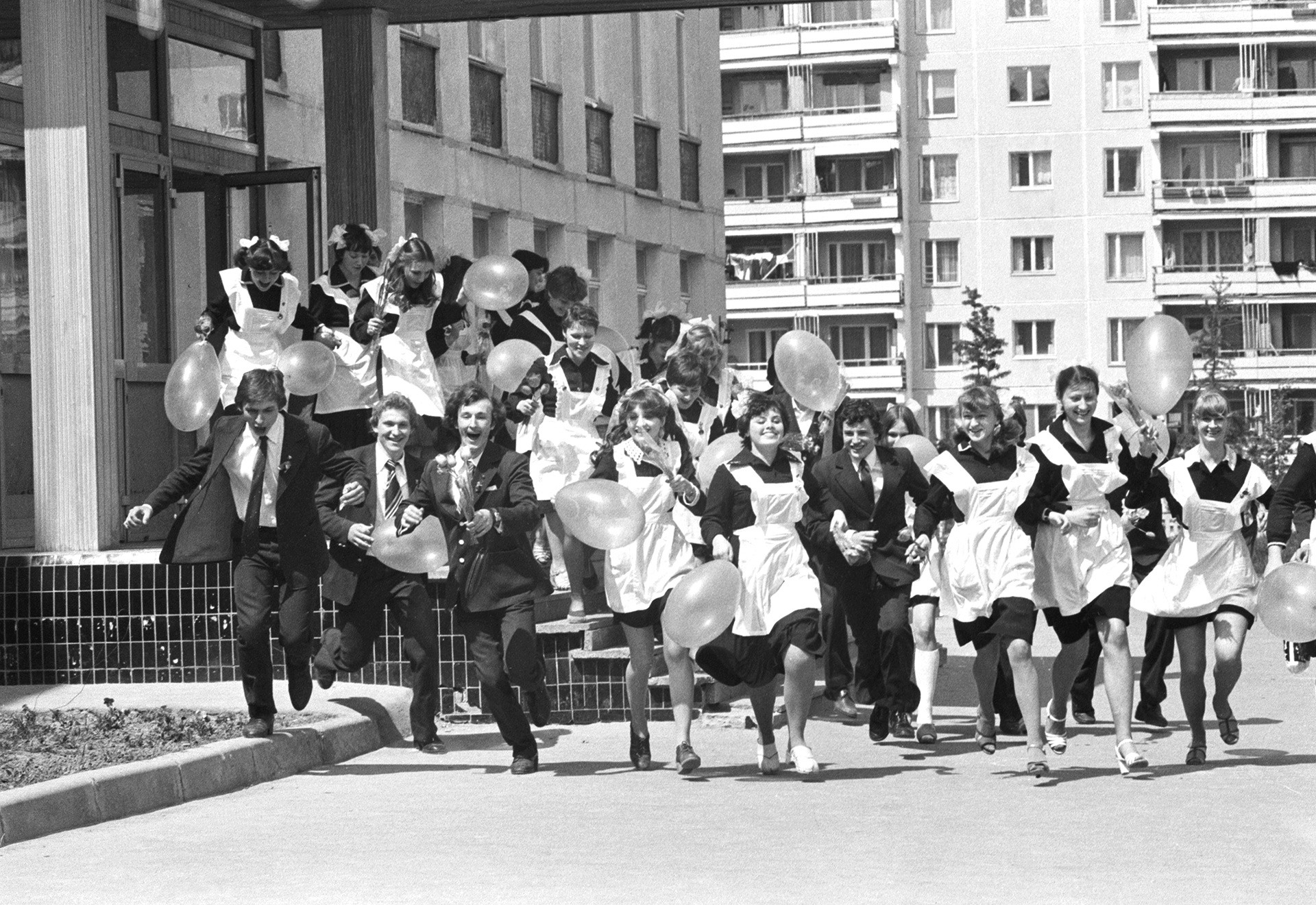
The Great Patriotic War badly affected the whole of educational infrastructure. It took years to repair the damage caused by Hitler’s invasion. The authorities made a huge effort to increase the fallen level of high school education. More attention was paid to each individual pupil and benefits for teachers were introduced (in Russian).

In the context of the Cold War and intensifying technological competition, the Soviet state diverted more and more of its attention to exact sciences, especially mathematics. They say that the real mathematics boom started in the country in the late 1950s. Special mathematical schools were set up. These were schools for graduates who contributed to the Soviet space program from the 1950s.
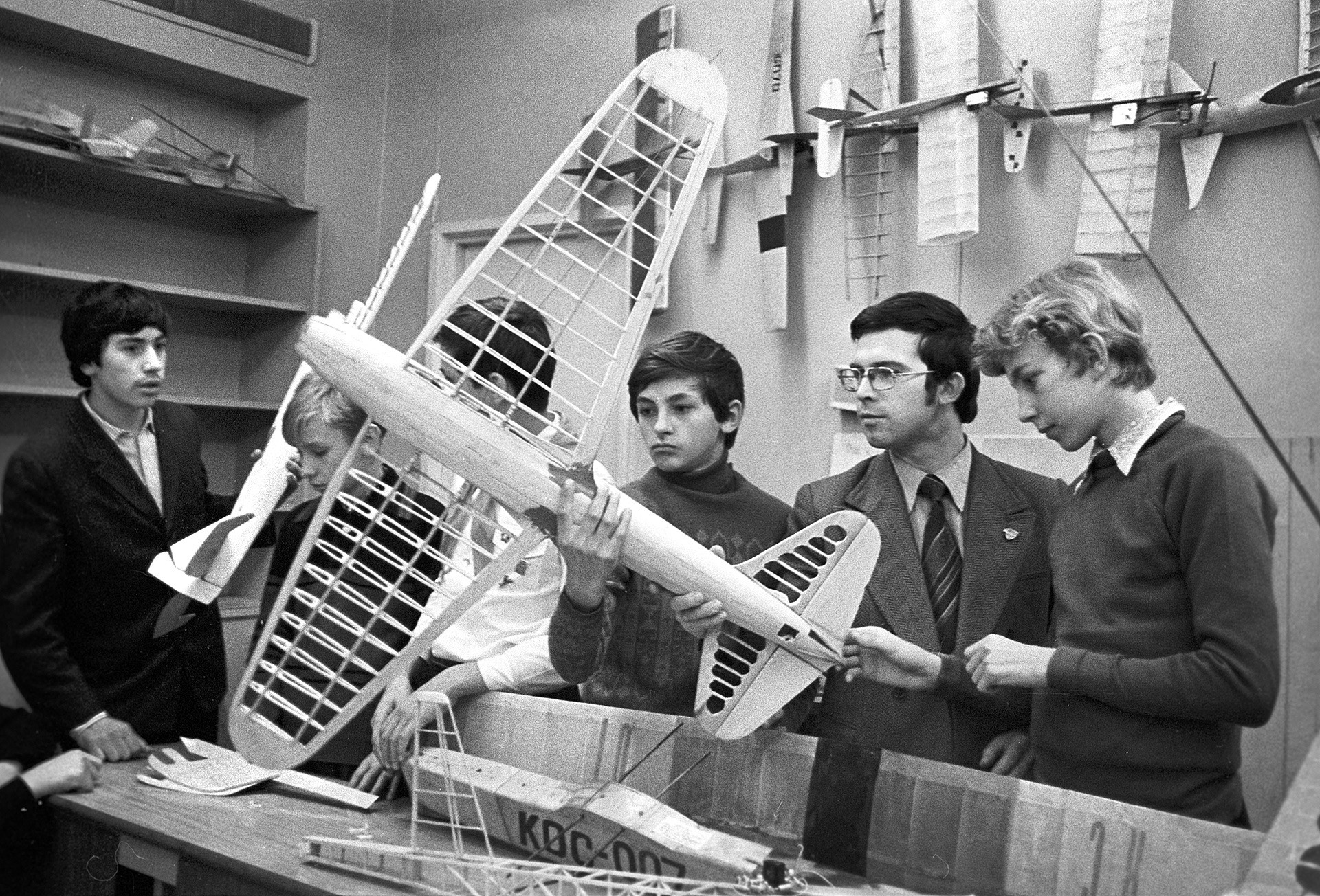
Besides school education as such, in the USSR there existed a whole network of special clubs that pupils could attend for free and study a wide number of subjects from photography to aviation design.
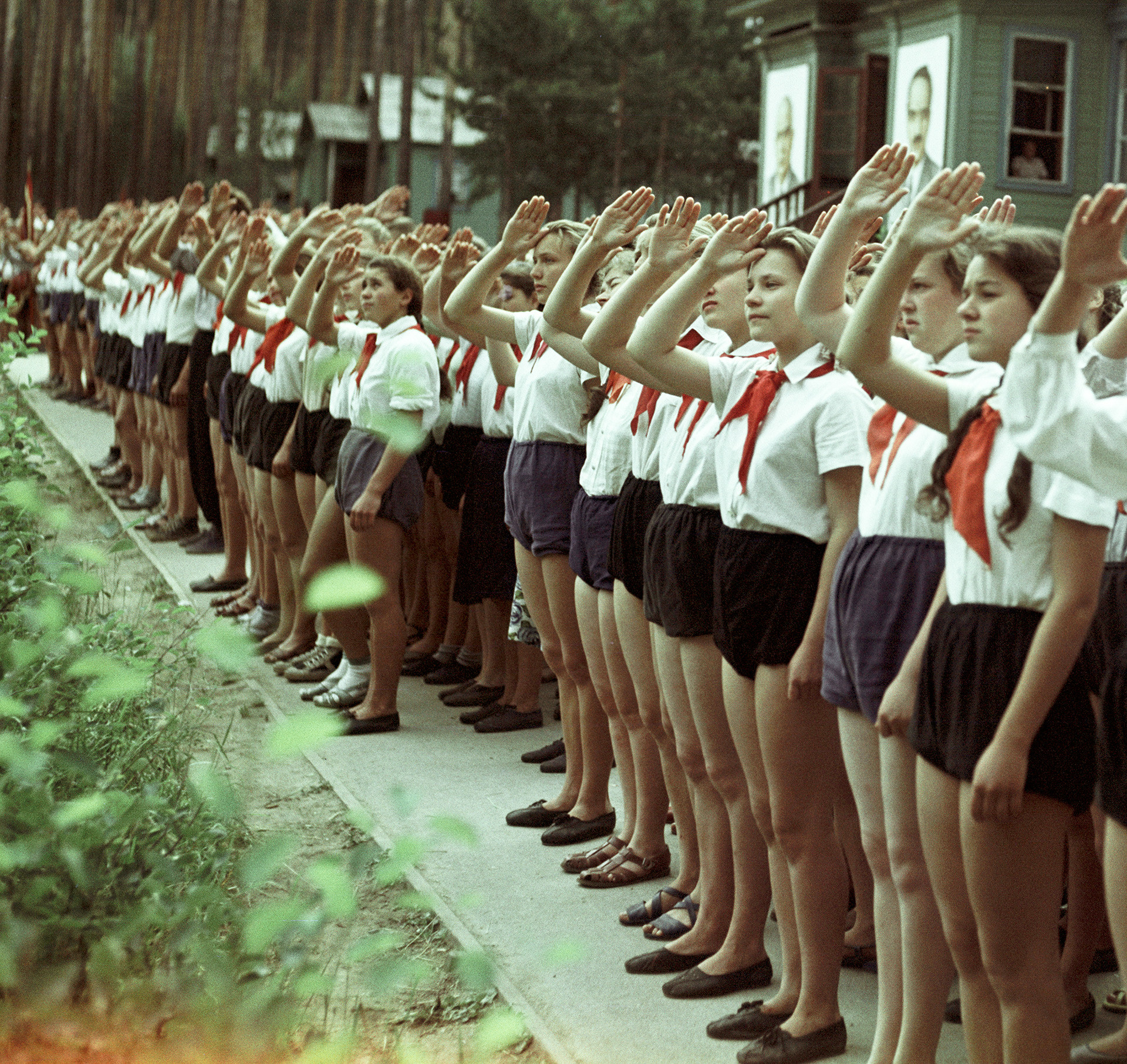
It is hard to recall a Soviet school without mentioning pioneers, the Soviet version of boy scouts. Although their activities had some ideological flavor, in
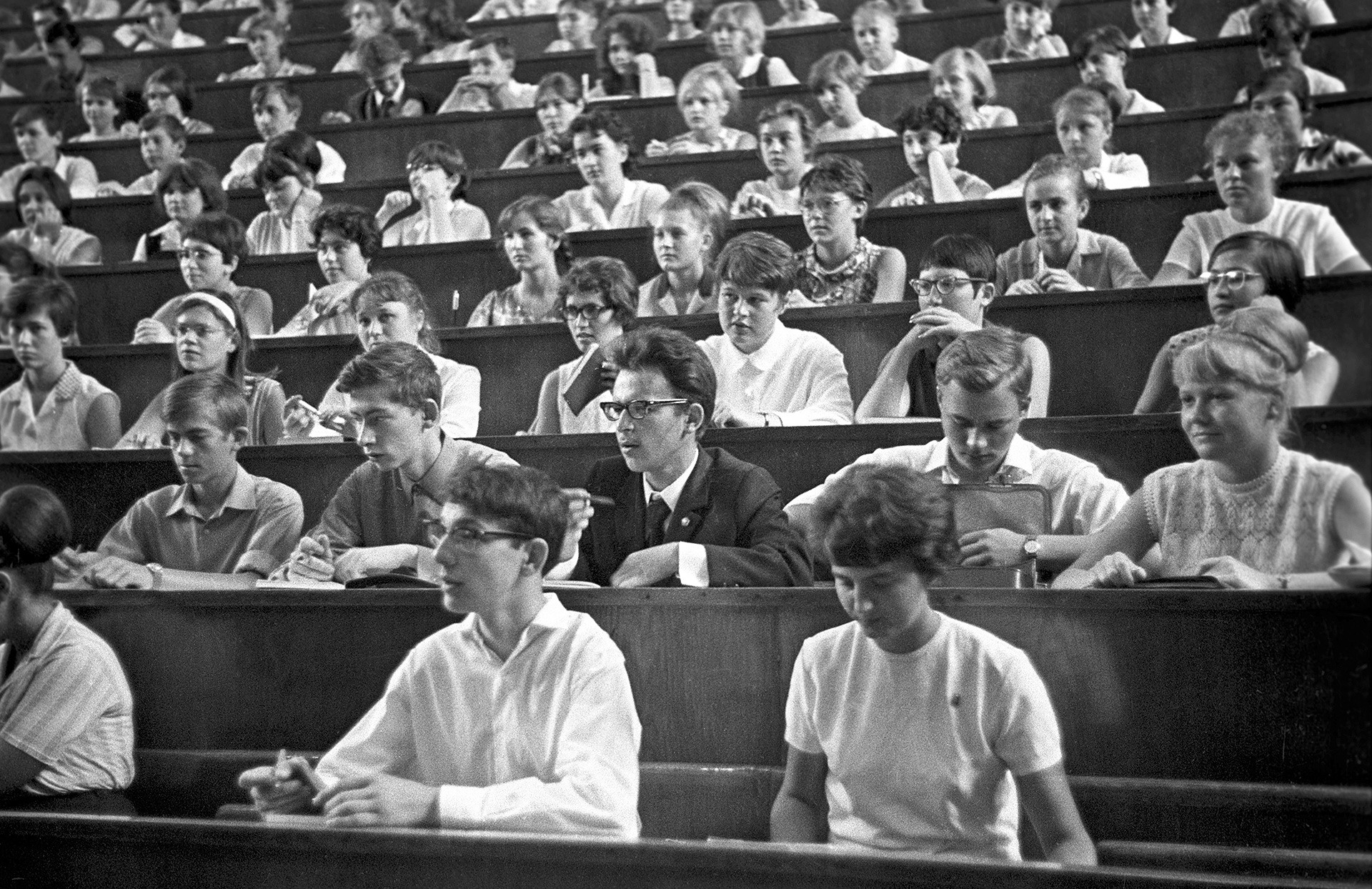
The USSR pumped resources into the development of higher education too. Right after the
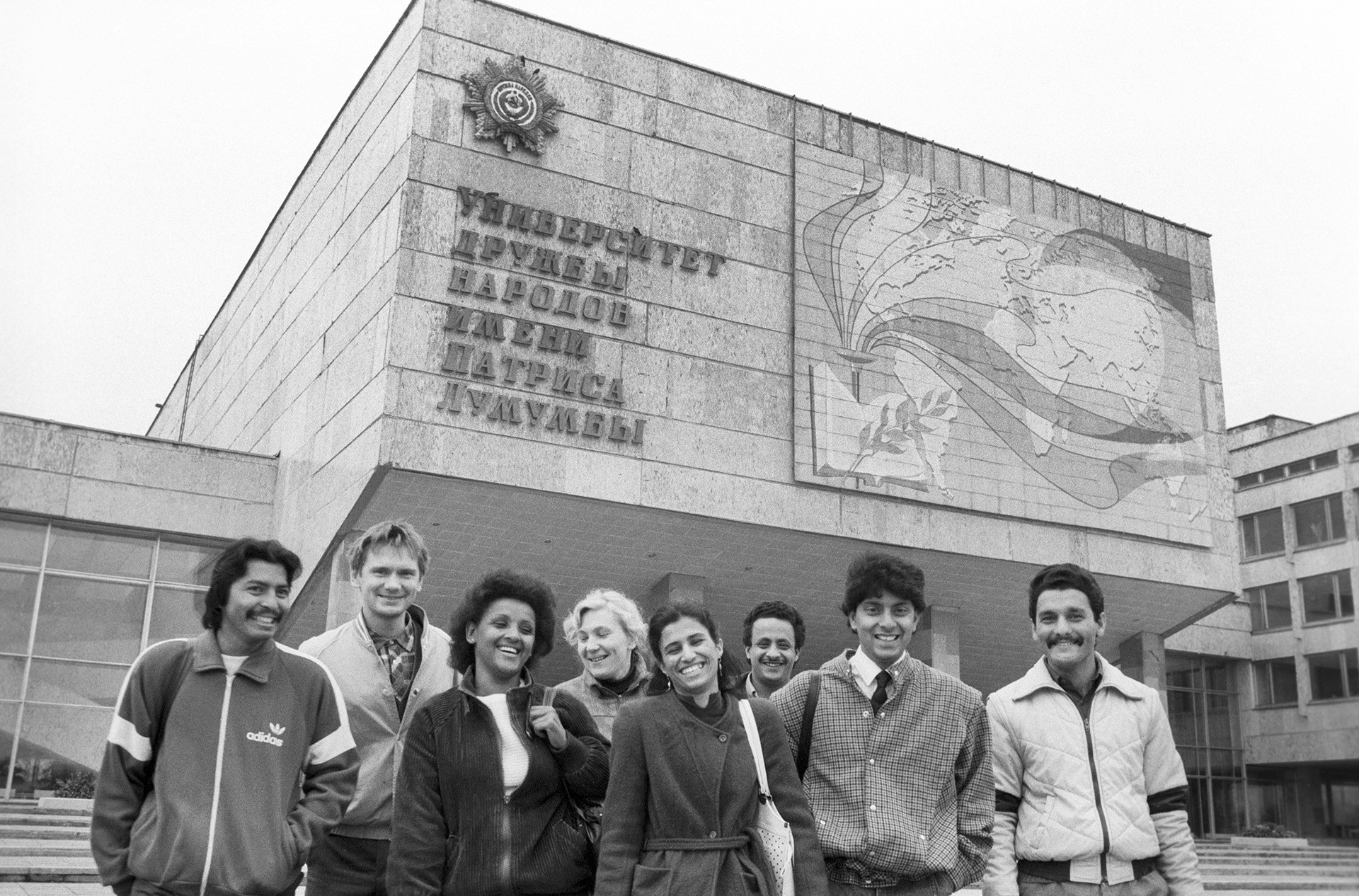
Some of these students were foreigners from developing countries that were friendly towards the USSR. In 1960, Soviet authorities founded the Peoples’ Friendship University. The declared purpose was to give an opportunity to young people, especially to those with
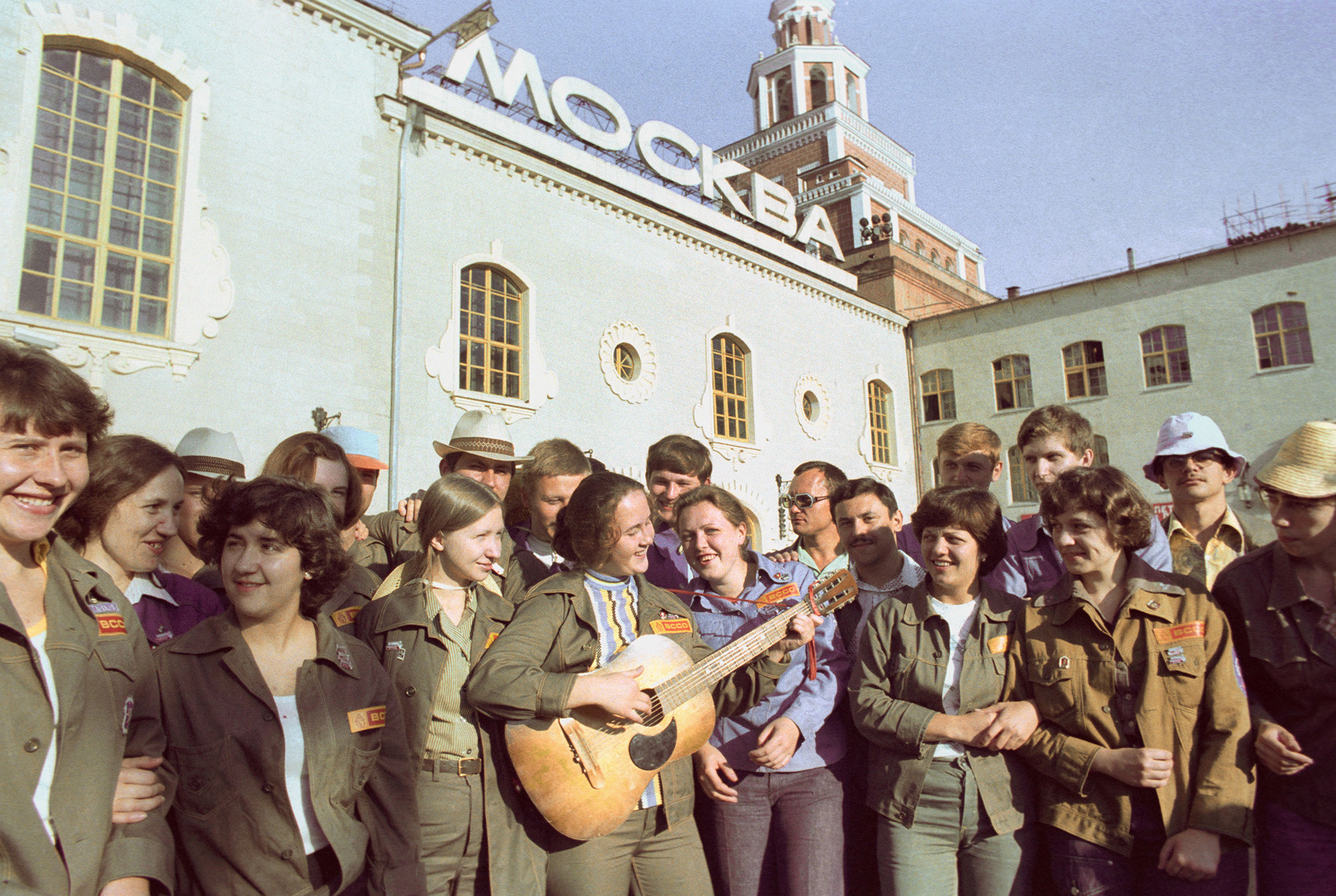
Receiving
Want to find out why Soviet medical care was among the best in the world?
If using any of Russia Beyond's content, partly or in full, always provide an active hyperlink to the original material.
Subscribe
to our newsletter!
Get the week's best stories straight to your inbox